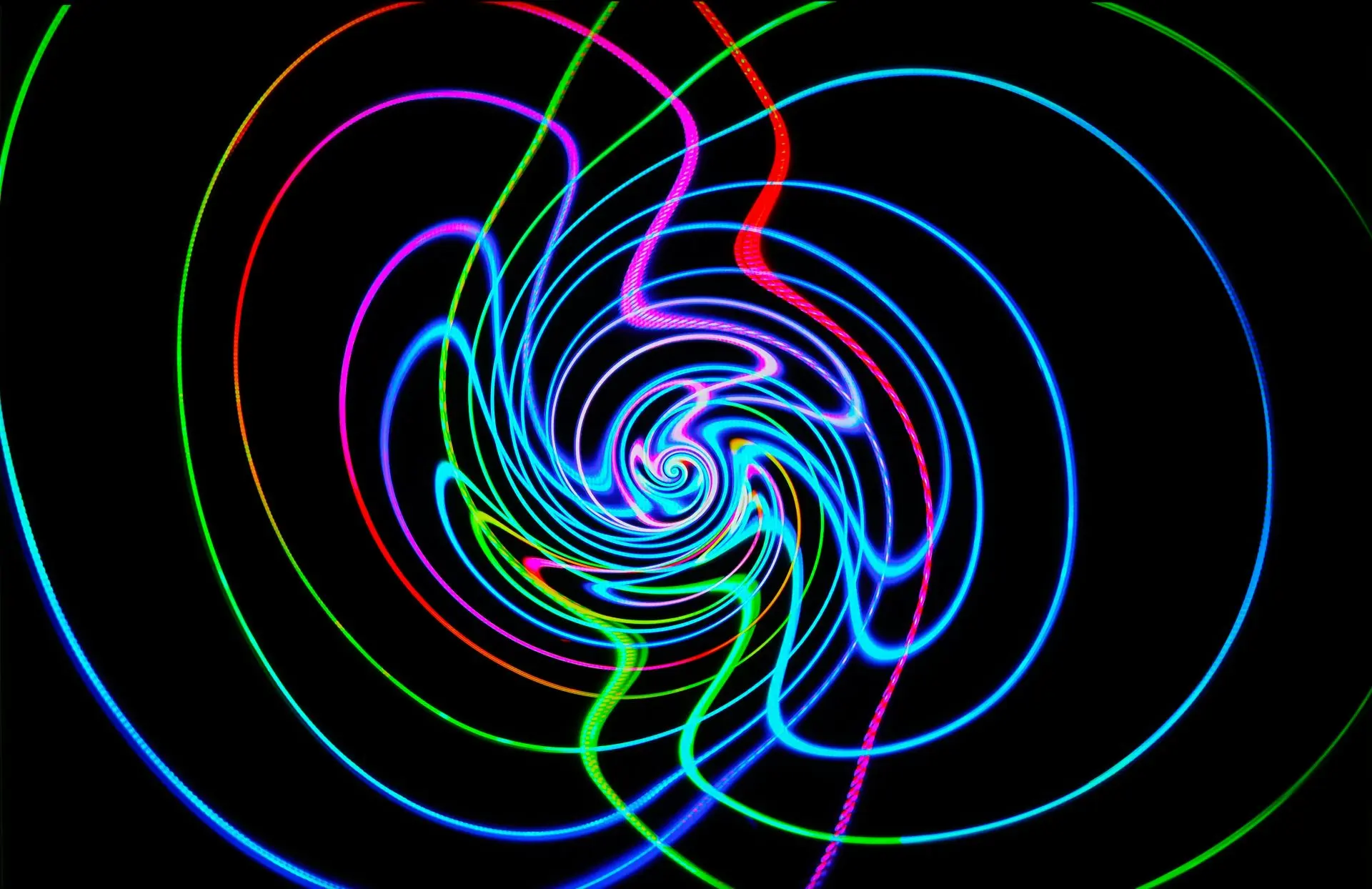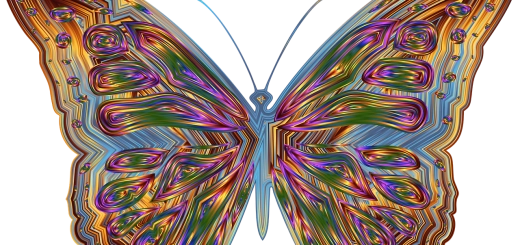Yin and Yang Theory: Dualism in Taoist Thought

Looking for more amazing products? Check out our online store and explore our collection here! Happy shopping!
Before diving in, please note: This post is for informational purposes only. If you’d like to know more about how we approach topics, feel free to check out our friendly Disclaimer Page.
Hey there, amazing readers! 
We’re committed to delivering quality posts, and your support (even just sticking around despite the ads) means everything to us. So, bear with us, and thanks for helping us keep the good vibes rolling. Now, on to the fun stuff!
TRANSLATE BUTTON AT THE END OF THE ARTICLE
A Quick Overview
The Yin and Yang theory is a fundamental concept in Taoist philosophy and Chinese culture, symbolizing the dualistic nature of the universe.
Originating from ancient Chinese thought, Yin and Yang represent the complementary yet opposing forces that exist in all aspects of life.
This theory is used to understand the balance and harmony present in nature, society, and the human body.
By recognizing the interplay between Yin and Yang, individuals can achieve a state of equilibrium and well-being.
This article delves into the origins, meanings, applications, and controversies surrounding the Yin and Yang theory in Taoism.
Introduction to Yin and Yang Theory
In Taoist philosophy, Yin and Yang are two opposing yet interdependent forces that shape the universe.
Yin represents darkness, passivity, and femininity, while Yang symbolizes light, activity, and masculinity.
The concept of Yin and Yang emphasizes the cyclical nature of life, where one force transforms into the other in a continuous process of balance and harmony.
This theory is often depicted as a circle divided into two halves, with each containing a small dot of the opposite force, illustrating the interconnectedness of Yin and Yang.
Origins of Yin and Yang in Taoism
The origins of Yin and Yang can be traced back to ancient Chinese cosmology and philosophical texts such as the "Yijing" (Book of Changes) and the "Dao De Jing" (Tao Te Ching).
These texts describe the interplay between opposing forces as the foundation of all existence, influencing everything from natural phenomena to human behavior.
The concept of Yin and Yang was further developed by Taoist philosophers such as Laozi and Zhuangzi, who emphasized the importance of harmony and balance in achieving spiritual enlightenment.
Understanding Dualism in Taoist Thought
Dualism in Taoist thought refers to the coexistence of opposing forces, such as Yin and Yang, that create a harmonious unity.
This dualistic perspective views the world as a dynamic interplay of complementary elements, where one force cannot exist without the other.
Taoists believe that embracing the duality of existence leads to a deeper understanding of the interconnectedness of all things and promotes a sense of wholeness and balance.
The Concept of Yin in Taoism
Yin in Taoism represents qualities such as darkness, coldness, receptivity, and femininity.
It is associated with the moon, water, earth, and the winter season.
Yin energy is introspective, calming, and nurturing, embodying the essence of stillness and rest.
In Taoist practices, cultivating Yin qualities is believed to promote relaxation, introspection, and emotional balance.
The Concept of Yang in Taoism
Yang in Taoism symbolizes qualities such as light, warmth, activity, and masculinity.
It is linked to the sun, fire, heaven, and the summer season.
Yang energy is dynamic, assertive, and expansive, embodying the essence of movement and growth.
In Taoist traditions, harnessing Yang qualities is thought to enhance vitality, creativity, and assertiveness in individuals.
Interplay Between Yin and Yang
The interplay between Yin and Yang is a dynamic process of harmony and balance.
According to Taoist philosophy, these opposing forces are in a constant state of flux, where one force transforms into the other in a cyclical pattern.
This interdependence creates a sense of equilibrium in the universe, where the ebb and flow of Yin and Yang energies maintain order and stability.
By understanding and embracing this interplay, individuals can cultivate a sense of harmony and wholeness in their lives.
Symbolism of Yin and Yang
The Yin and Yang symbol, known as the Taijitu, represents the dualistic nature of existence in Taoist thought.
This iconic symbol features a circle divided into two halves, one black (Yin) and one white (Yang), with a small dot of the opposite color in each half.
The swirling pattern symbolizes the dynamic interplay between opposing forces, illustrating the interconnectedness and balance present in the universe.
The Taijitu is a visual representation of the cyclical nature of life and the need for harmony between Yin and Yang energies.
Application of Yin and Yang in Taoist Practices
In Taoist practices such as Qigong, Tai Chi, and acupuncture, the concept of Yin and Yang is applied to promote health, vitality, and spiritual well-being.
By balancing Yin and Yang energies within the body, practitioners aim to harmonize their physical, emotional, and mental states.
Through practices like meditation, breathwork, and movement exercises, individuals can cultivate a sense of inner harmony and alignment with the natural rhythms of the universe.
Yin and Yang in Traditional Chinese Medicine
In traditional Chinese medicine, Yin and Yang are fundamental principles used to diagnose and treat illnesses.
Health is seen as a state of balance between these two forces, with disease arising from an imbalance or blockage of energy flow.
Practitioners of Chinese medicine use herbs, acupuncture, and other therapies to restore harmony between Yin and Yang in the body.
By addressing the root cause of imbalance, patients can achieve holistic healing and long-term wellness.
Yin-Yang Balance in Philosophy and Ethics
The concept of Yin and Yang extends beyond the physical realm to philosophy and ethics, guiding individuals in their moral choices and decision-making.
Taoist teachings emphasize the importance of finding a balance between opposing forces, such as good and evil, light and dark, and order and chaos.
By embracing the interconnectedness of Yin and Yang, individuals can navigate moral dilemmas with wisdom and compassion, striving for harmony and virtue in their actions.
Modern Interpretations of Yin and Yang Theory
In contemporary society, the Yin and Yang theory continues to influence various fields, including psychology, business, and relationships.
Psychologists use the concept of Yin and Yang to understand the balance between introversion and extroversion, male and female qualities, and other dichotomies in human behavior.
In business, the principles of Yin and Yang are applied to achieve a harmonious work environment, promote creativity, and foster collaboration.
In relationships, couples may use the concept of Yin and Yang to enhance communication, mutual respect, and emotional intimacy.
Criticisms and Debates Surrounding Yin and Yang Theory
Despite its widespread acceptance in Chinese culture, the Yin and Yang theory has faced criticism and skepticism from Western scholars and philosophers.
Some critics argue that the binary nature of Yin and Yang oversimplifies the complexity of existence and perpetuates gender stereotypes.
Others question the scientific validity of Yin and Yang as universal principles, citing the lack of empirical evidence to support its claims.
Debates also exist within Taoist circles regarding the interpretation and application of Yin and Yang in modern contexts, leading to ongoing discussions about its relevance and significance in contemporary society.
Conclusion
In conclusion, the Yin and Yang theory is a profound concept in Taoist thought that symbolizes the interconnectedness of all things in the universe.
By understanding the dualistic nature of existence and embracing the balance between opposing forces, individuals can cultivate harmony, vitality, and spiritual enlightenment.
The application of Yin and Yang in Taoist practices, traditional Chinese medicine, philosophy, and ethics underscores its enduring relevance and influence in diverse aspects of life.
While criticisms and debates exist surrounding the theory, its symbolic power and philosophical depth continue to inspire contemplation and reflection on the mysteries of existence.

The Enlightenment Journey is a remarkable collection of writings authored by a distinguished group of experts in the fields of spirituality, new age, and esoteric knowledge.
This anthology features a diverse assembly of well-experienced authors who bring their profound insights and credible perspectives to the forefront.
Each contributor possesses a wealth of knowledge and wisdom, making them authorities in their respective domains.
Together, they offer readers a transformative journey into the realms of spiritual growth, self-discovery, and esoteric enlightenment.
The Enlightenment Journey is a testament to the collective expertise of these luminaries, providing readers with a rich tapestry of ideas and information to illuminate their spiritual path.
Our Diverse Expertise
While our primary focus is on spirituality and esotericism, we are equally passionate about exploring a wide range of other topics and niches 

To ensure we provide the most accurate and valuable insights, we collaborate with trusted experts in their respective domains 
Our blog originally focused on spirituality and metaphysics, but we’ve since expanded to cover a wide range of niches. Don’t worry—we continue to publish a lot of articles on spirituality! Frequently visit our blog to explore our diverse content and stay tuned for more insightful reads.
Hey there, amazing reader! 
Check out our store here and take a peek at some of our featured products below! Thanks for being awesome!











